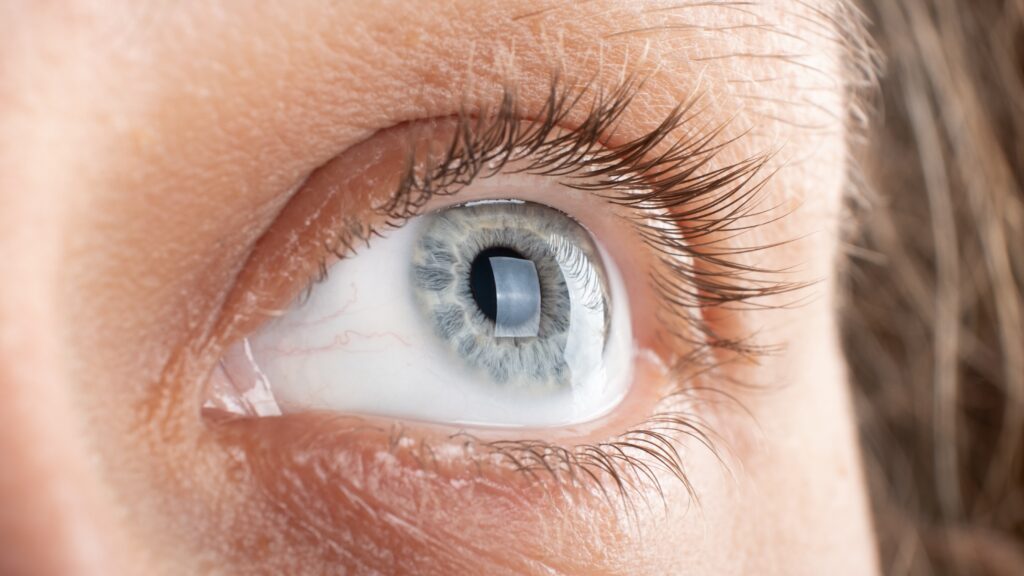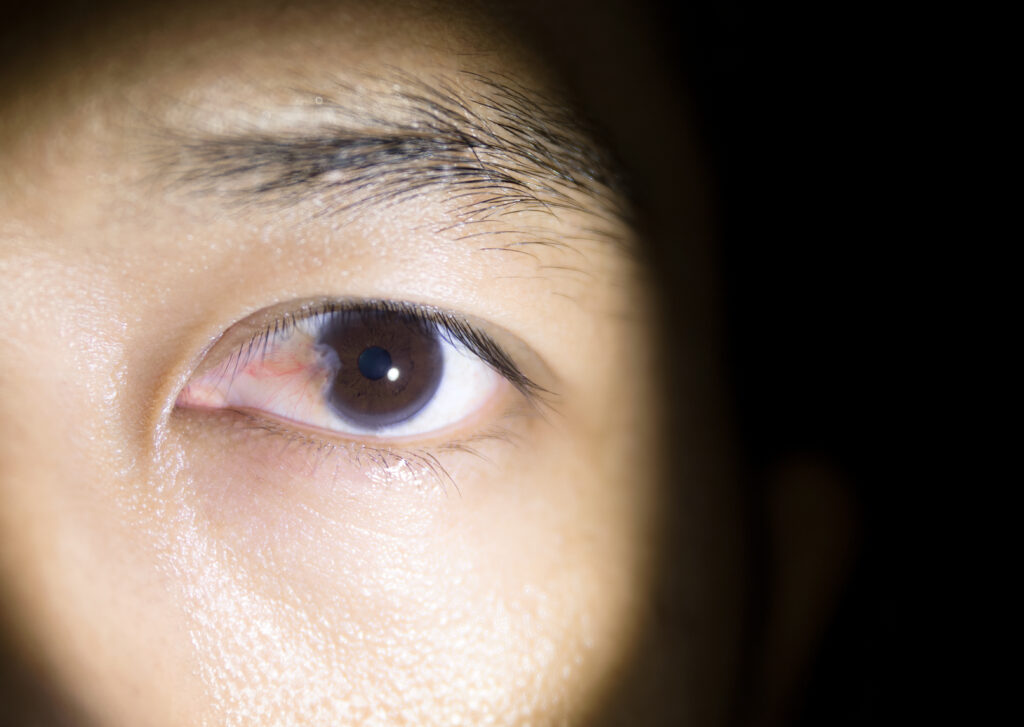The cornea is the smooth, clear window on the front part of the eye. If there is any damage to this window, you may not be able to see clearly. Diseases such as keratoconus, Fuch’s dystrophy, infections such as ulcers, herpes, or shingles, or trauma/injury can lead to damage of the cornea. Many of these situations require special types of hard contact lenses to improve your vision. When this window becomes scarred, swollen, or cloudy, sometimes your cornea needs to be repaired or replaced. This is often achieved with a corneal transplant from a human donor.

Full thickness corneal transplant (also known as penetrating keratoplasty, or PK) – replaces all of the layers, typically of the central cornea, and a new donor cornea is placed, secured by multiple sutures. The recovery period for this procedure is longer than the other types of corneal transplants and may take up to one year or more. You may still require a specialty contact lens after the surgery to get your best possible vision. There is also a higher risk of rejection, where your own body attacks the donor cornea than the other transplants. You often need to be on lifelong eye drops after this procedure.
Endothelial keratoplasty – there are two main types: DSEK (or DSAEK) — Descemet’s Stripping (Automated) Endothelial Keratoplasty and DMEK — Descemet’s Membrane Endothelial Keratoplasty. Both types are partial thickness transplants that replace the inner layer of your cornea with a donor inner layer cornea. They both have the benefit of having a faster healing and visual recovery and a lower risk of rejection than the full-thickness transplant
They both use an air bubble placed in the eye to keep the transplant in place.
The main difference between these two surgeries is DSEK uses thicker tissue than DMEK. The advantage of thicker tissue is it is easier to work with and has a higher chance of attaching to the eye. DMEK is thinner tissue, which often has a slightly better visual outcome and healing time, but is more difficult to work with and has a higher chance of requiring additional air placed in the eye. This means that after your surgery, you would need to be able to mostly lie flat for up to a week after the surgery. Since it is a transplant, you will still likely need to be on lifelong anti-rejection eye drops after the procedure.
Pterygium – a growth of tissue that begins to grow over the surface of the cornea. This is most often believed to be caused by ultraviolet light from the sun, so it is important to wear sunglasses for protection.

Symptoms:
Treatment: